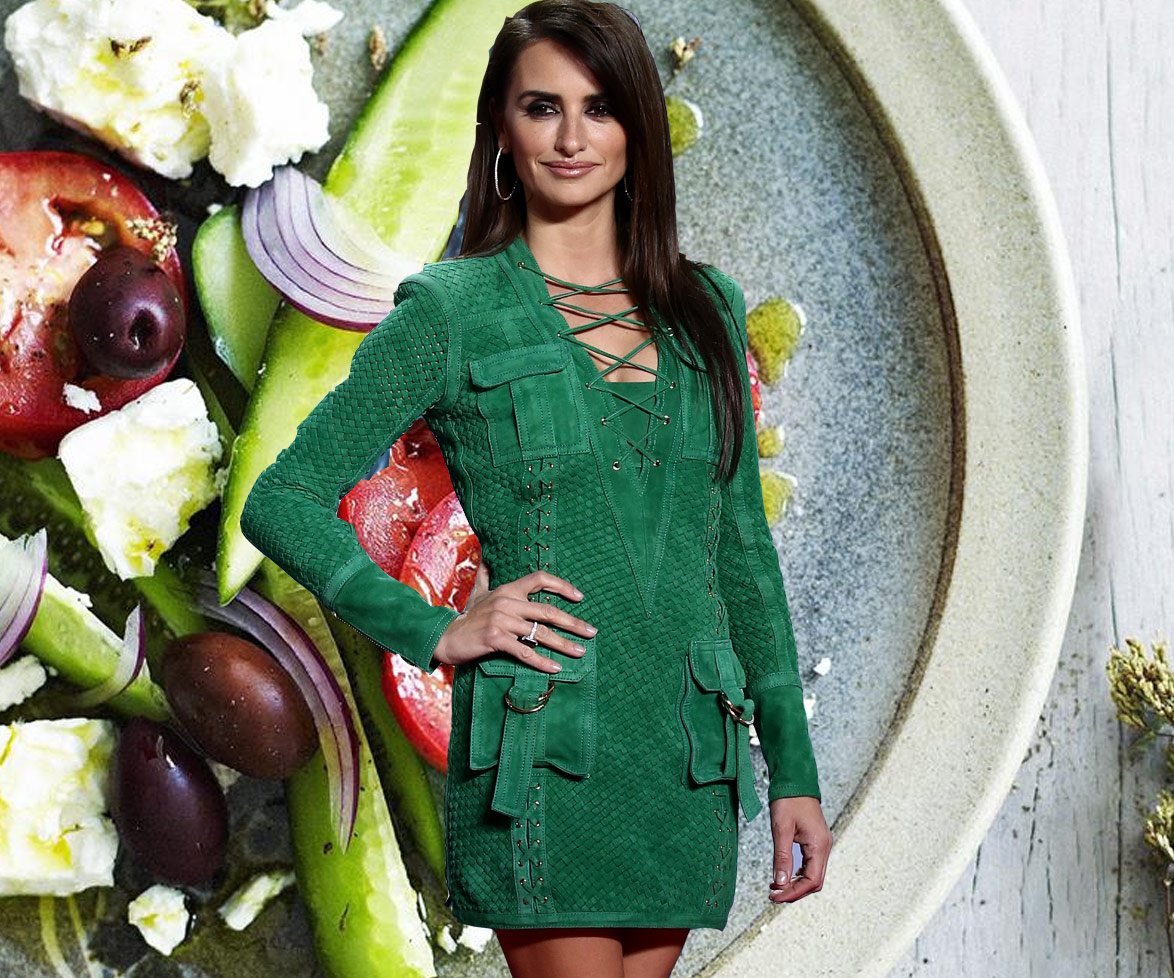We’ve all been there: mindlessly wandering the supermarket aisles, indecisively chopping and changing between what to have for dinner.
We often find ourselves landing on ye old’ faithful dinnertime staple: a readymade pasta sauce and a packet of fettuccini.

^^Us, by the time we get home with said pasta.
However, have you really thought about what’s going into these pasta sauces? Look, experts have long urged us all to take a closer look into the ingredients featured on food labels but what about how much of a certain additive is going into what you’re eating?
In research conducted by the George Institute for Global Health, 2215 cooking sauce products sold in supermarkets over the last seven years were tested. And, as reported by The Sydney Morning Herald, the research group found an alarming variation in these products’ salt levels.
Particularly worrying? Barilla’s Olive Sauce, which is loaded with 1.88g of salt per 100g. This just happens to be more than 90 times more than what researchers argue is the best option: Tenuta Fragassi Napoletana pasta sauce.
“A fresh pasta sauce from the supermarket refrigerator contains almost a third of a daily salt intake in the sauce alone; add cheese and you could be blowing the family’s salt intake to well over the maximum daily limit,” says nutritionist Clare Farrand who works at the George Institute.
“The food industry [must] reduce the amount of salt … to the lowest possible levels immediately to save the maximum number of lives.”
How to read food labels
Light or ‘lite’
Don’t be misled by labelling tricks. The terms used are often misleading. For example, the term ‘light’ or ‘lite’ doesn’t necessarily mean that the product is low in fat or calories.
‘Light’ may refer to the texture, colour, flavour or texture of the food.
Always check the nutrition information panel to find out whether the product really is low in fat by comparing the fat content per 100g on the back with similar products.
Cholesterol free
The claims ‘no cholesterol’, ‘low cholesterol’ or ‘cholesterol free’ on foods derived from plants, like margarine and oil, are meaningless because all plant foods contain virtually no cholesterol in their natural form.
However, these products can be high saturated fats which can increase you blood cholesterol when you consume them.
For instance, sunflower oil has no cholesterol, but is very high in fat and can contribute to weight gain if used too generously.
Low fat
To be considered a low-fat food, low-fat solid foods must contain less than 3 grams of fat per 100 gram serve; low-fat liquid foods must contain less than 1.5 grams of fat per 100ml.
Be careful of percentages: If an item claims to be 90 percent fat free, it actually contains 10 percent fat, which is a large amount.
This statement is not a trick, but you do have to think backwards to sort it out.
Oven baked, not fried
Although this sounds healthier, the product may still have just as much fat as a fried product. Check the nutrition information panel to be sure.
Reduced fat/salt
Reduced fat does not mean the product is low in fat, but that the product has at least a 25 percent reduction compared to the manufacturer’s normal product of that type.
Check the nutrition information panel to determine the level of fat. The same applies to the term ‘reduced salt’.
This usually means free of sucrose, but other types of sugar may be present which contain the same amount of energy.
Some other types of sugar that you may find in the ingredients list include: corn syrup, dextrose, fructose, glucose, honey, lactose, maltose, molasses, monosaccharides, sorbitol, sucrose and xylitol.
Read the nutrition information panel
The key nutrients on the nutrition information panel includes energy (kilojoules, kj or calories), total and saturated fat, total carbohydrate and sugars and Glycaemic Index (GI), dietary fibre (only needs to be listed when claims are made) and sodium.
The panel also lists ‘per serve’ information and ‘per 100g’.
Energy: Use the per 100g column to compare the energy in similar food products. If you’re watching your weight this will help you to choose products with the lowest kilojoules.
Sugars: Include both naturally occurring (from fruit and milk) as well as added sugars. The healthiest option are foods with 5g sugar or less per 100g.
Saturated fat: This type of fat raises blood cholesterol, so the simple rule is the lower the amount, the better.
If the saturated fat is over one third of the total fat content then you should use it sparingly or find a healthier alternative.
Sodium: This is one area that’s very much worth checking out as salt is in so many things not immediately apparent in the ingredient list. Check the sodium content per 100g and opt for anything with 60mg or less.
Look out for food additives
Food additives are chemicals that perform a variety of functions, such as keeping food fresh or enhance its colour, flavour or texture.
Additives can be identified in the ingredients list by a number. Some people are sensitive to food additives.
Additives that may cause a reaction include flavour enhancers such as monosodium glutamate (MSG) 621; colourings including tartrazine 102, yellow 2G107, sunset yellow FCF110 and cochineal 120; and many preservatives.
If you’re looking to change your diet in any way, be sure to consult your GP and a nutritionist first.



